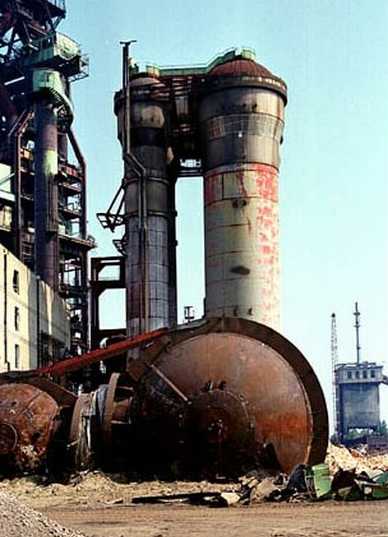Abstract
The global “steel crisis” was triggered by a series of recessions during the 1970s and early 1980s. As the market became saturated with steel, prices dropped, resulting in structural unemployment and deindustrialization in Western countries, including the U.S. and West Germany. Throughout the 1980s, the Krupp, Thyssen and Mannesmann plants were downsized, consolidated, and closed, leading to mass layoffs. The closure of the steel plant in Rheinhausen, which endangered over 6,000 jobs, sparked particularly fierce labor resistance that lasted for months and included the occupation of a bridge across the Rhine River. Ultimately, the workers failed in their protests; the plant was closed and only a small fraction of jobs were saved. This photograph shows the demolition of the Krupp plant in Rheinhausen around 2002.
